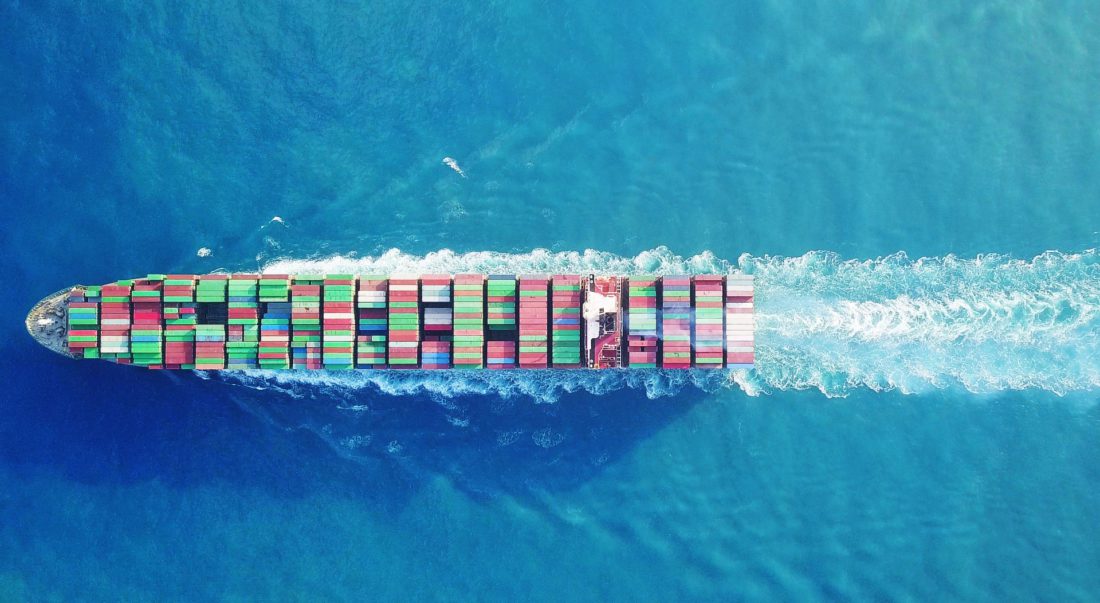Shipping’s future fuels require monitoring and managing local pollutants
Last week, the International Energy Agency (IEA) published a report estimating the future fuel mix for shipping to 2050 under a net-zero scenario. According to the IEA, ammonia is projected to become the primary marine fuel at 44%, with hydrogen and biofuels at 19%, while methanol is limited at 1% [1].
This forecasted growth of alternative fuels is an encouraging step as the industry aims to decarbonise in line with the IMO’s GHG emissions reduction targets by 2050 [2]. However, as we embrace these new fuels, it’s vital to ensure that the benefits are maximised while mitigating unintended consequences like local pollutant leakage, including NOx, N2O, ammonia slip, or methane slip [3].
The cost of poor air quality from international shipping is staggering, resulting in approximately 400,000 premature deaths each year and a societal cost of over €58 billion annually [4].
This is why the IACCSEA strongly encourages the industry to adopt emissions control technology such as Selective Catalytic Reduction (SCR) and Continuous Emissions Monitoring (CEMs) to manage and monitor harmful local pollutants.
This can be achieved through retrofitting existing vessels or installing such technology on new vessels. By doing so, we can improve confidence, safety, and the efficacy of the shipping industry’s future fuel mix, safeguarding human and environmental health on the journey to decarbonisation.
IACCSEA is committed to supporting the shipping industry in aligning decarbonisation objectives with the effective management of local pollutants. We are ready to collaborate, provide resources, and facilitate initiatives to achieve cleaner shipping practices.
If you are interested in learning more about how IACCSEA works with the shipping industry to control ship emissions to the air, please to get in touch with us at secretary@iaccsea.com.
Sources:
[1] International Energy Agency (IEA), 2023. Net Zero Roadmap: A Global Pathway to Keep the 1.5 °C Goal in Reach — 2023 Update. Available here: https://www.iea.org/events/net-zero-roadmap-a-global-pathway-to-keep-the-1-5-c-goal-in-reach-2023-update
[2] International Maritime Organization (IMO), 2023. Revised GHG reduction strategy for global shipping adopted. Available here: https://www.imo.org/en/MediaCentre/PressBriefings/Pages/Revised-GHG-reduction-strategy-for-global-shipping-adopted-.aspx
[3] Mærsk Mc-Kinney Møller Center for Zero Carbon Shipping, 2023. Managing Emissions from Ammonia-Fueled Vessels. Available at: https://cms.zerocarbonshipping.com/media/uploads/documents/Ammonia-emissions-reduction-position-paper_v4.pdf#13
[4] European Federation for Transport and Environment, 2023. Air Pollution. Available here: https://www.transportenvironment.org/challenges/ships/ship-air-pollution/

